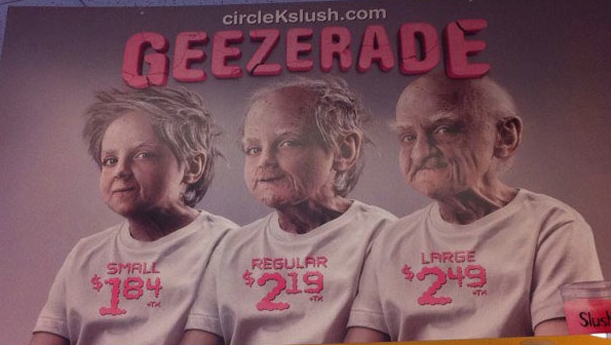In today's society, we're flooded with negative messages and images about what it means to age and to be an older person. We are constantly exposed to stereotypes that show older adults through a lens of decline and diminished value, emphasizing the "burdens" of growing old. In North America, we seldom hear about the value of older adults, or the rich, untapped potential of an aging population. We don't see enough portrayals of active older adults who are taking on new challenges, expanding their knowledge and skills base, or working tirelessly to help others. The result? Our views of aging are distorted.
The distorted view of aging is a major reason we have limited success engaging older adults in physical activity.
Just this month, for example, MSNBC reported on the disconnect between fashion magazines and aging readers. "An analysis of editorial and advertising images reveals that despite proportions of older readers ranging as high as 23%, fashion magazines portray women over 40 sparingly, if at all," writes Stephanie Pappas. "Even in magazines geared toward aging Baby Boomers, the images collectively present a thin, youthful, wrinkle-free ideal that's impossible to maintain later in life."
This ideal has an impact on body image in older women, according to Denise Lewis, a University of Georgia gerontologist and author of the research. "It leads to issues that have people denying age, so going to great lengths to continue to look like that ideal of a youthful person," she explains. The question is: If aging is something to be negated, denied or even "treated" through plastic surgery, where do we draw the line?
If looking old is somehow unacceptable, what about being old? An ad campaign for Circle K convenience stores blatanly disrespects and dismisses old age. The creative minds behind the campaign have used a drawing of a person in three stages of aging to illustrate the sizes of "Geezerade" slushy drinks and their cost. The eldest stage, which corresponds to the largest and most expensive drink, is an aging caricature: a bald, toothless, wizened old man. "Youngsters" can post their photos on the campaign's website and see themselves turned into "Geezers" - all just for fun, of course.

The "Geezerade" campaign is one overt example of ageism in marketing. But marketers make choices every day that have an impact on how society views aging. The campaigns they create too often reflect and reinforce negative perceptions of aging in society because they show one slice of the aging experience, if they show it at all. Marketing targeted to older people largely misses the mark by failing to connect with the realities of their lives.
One such reality is the ability of older adults to be physically active. Simply shifting attitudes from I can't to I can can help shift society's perceptions of aging, helping more adults to become healthier.
What can you or your organization do to change perceptions of aging?





